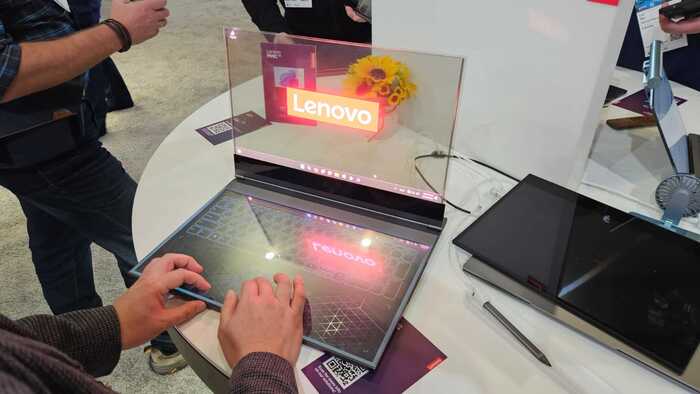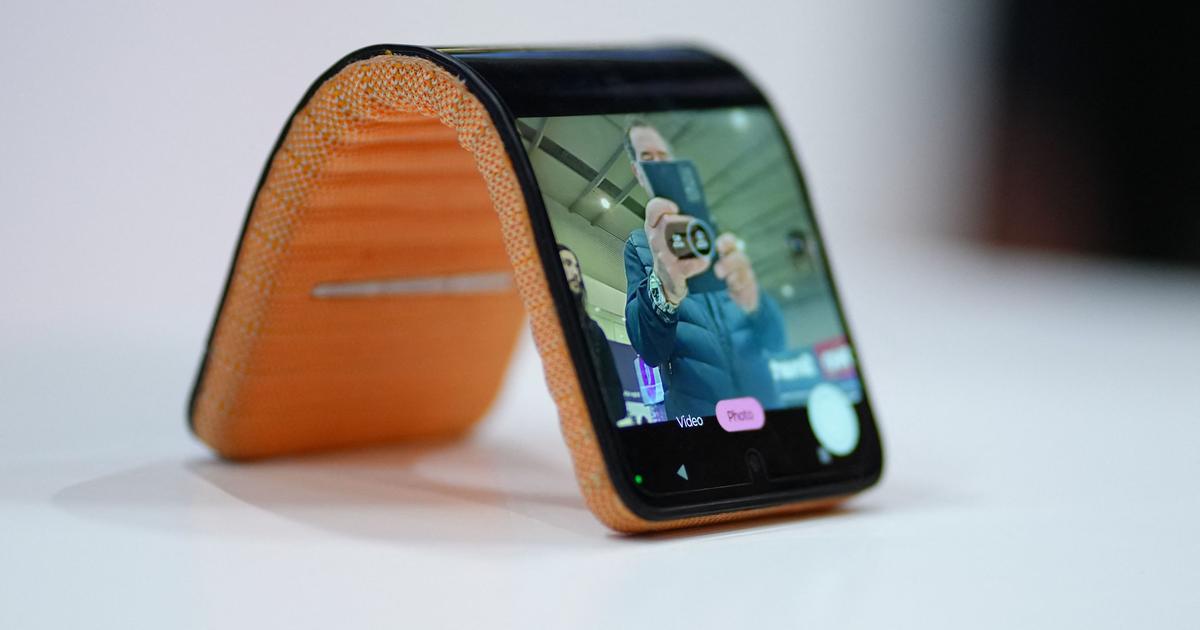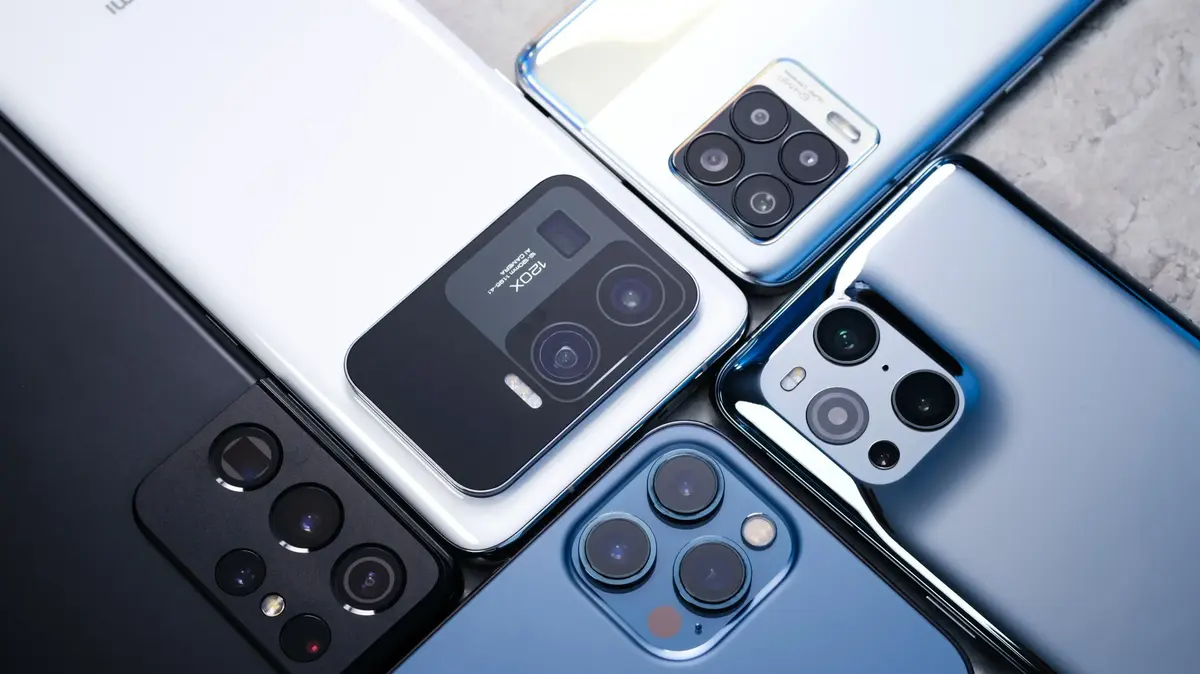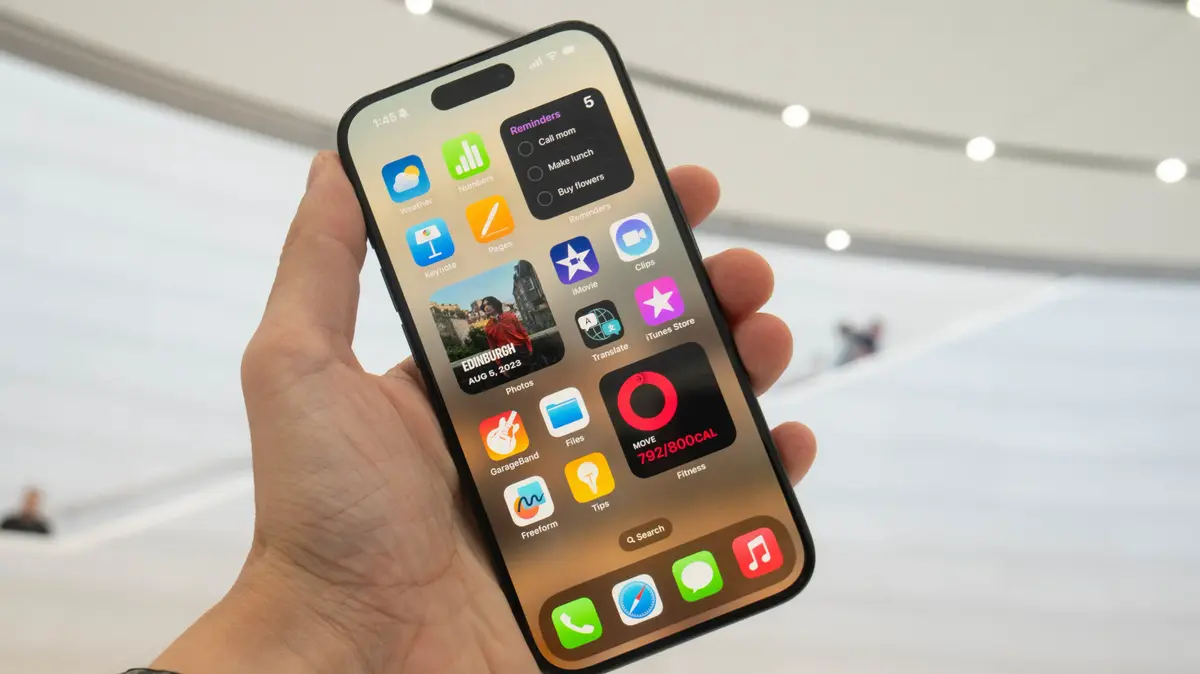Enlarge image
Nicely done: A soft shimmer gives the back a velvety look
Photo: Matthias Kremp / DER SPIEGEL
At some point I have to have someone explain to me what criteria Motorola uses to assign names to its smartphones.
But maybe I'm the only one who finds it strange that the company is now following the Edge of 2020 with the Edge 20 and nonchalantly skipping the numbers 2 to 19.
But the Edge 20 is available three times for that.
Namely as
Edge 20
, according to Motorola "the thinnest 5G smartphone on the market".
As
Edge 20 Lite
"at an extremely attractive price".
And as the E
dge 20 Pro
, which the manufacturer says has "the first telephoto lens in the periscope style".
At least this statement should be used with caution.
It may well be that Motorola is installing a telephoto lens via periscope in a smartphone for the first time, but Huawei already demonstrated this in 2019 with the P30 Pro.
Better to use automatic: the screen
The design of the Edge 20 Pro is, let's say, unexciting. The screen lies flat on the housing, which is surrounded by a metal frame. On the back, the edges are slightly curved, the back is varnished in several layers so that it shimmers. It looks very nice, but it is also nothing special at the moment. Many manufacturers try to give their devices a classy look with multi-layer coatings. Motorola is no exception.
A pleasant exception, however, is the screen, which displays 2400 × 1080 pixels on a massive 6.7 inches. This makes it fine enough to show even small details, and at the same time too big to operate with one hand. It doesn't even work with my long fingers. But that's the way it is: either the hands are too small or the smartphone is too big. If you want an XL cell phone, you have to pay for the large screen with contorted hands.
Apart from the fact that it is large, the screen displays scrolling through websites and fast games at an eye-friendly 144 Hertz (Hz), that is, smoothly. Because this puts a lot of stress on the battery, the
display update rate
should be
set
automatically
in the
settings
.
The device switches back to an economical 60 Hz when high-speed mode is not required.
The screen is good, but not outstanding, because it is capable of HDR10 +, which is important for films.
In automatic mode, the Edge 20 Pro lasted 14 hours in my battery test, just as long as the cheaper Edge 20 and Samsung's Galaxy S21.
The Edge 20 Lite switched itself off after 12.5 hours.
A camera like in a submarine
The Edge 20 Pro has a 32 megapixel selfie camera on the front and three cameras in the back: The wide-angle camera shows off 108 megapixels, which are grouped into groups of nine, so that snapshots with 12 megapixels come out.
The ultra-wide-angle camera has 16 megapixels, a field of view of 119 ° and can be switched to macro for extreme close-ups.
And then, of course, there is the telecamera, which lies across the device and looks outside through a periscope and prism.
I was particularly impressed by the macro function for close-up shots of small things.
Admittedly, this ability is not unique.
The Vivo X60 Pro can do that without having to write “macro” anywhere on it.
The other cameras do a good to very good job in good light (see photo gallery), including the telecamera.
Motorola's promise "with the 50x super zoom you can capture even distant details" should be taken with a pinch of humor.
Although you can actually select a 50x magnification factor and take photos, preferably with a tripod, at the latest after the hard intervention of the photo software, usually only a few details remain of the motif.
The Tele can be used well up to a factor of 10, what goes beyond that is for the most part the result of mathematical calculations.
In the test, the Edge 20 Pro occasionally failed with the white balance and set its colors too cold so that the images appear bluish.
An iPhone 12 Pro Max, which costs almost twice as much, does that better.
Even being a PC
With the "Ready For" technology, Motorola wants to turn the cell phone into a PC replacement.
I tried this a few months ago with the Moto G100.
On the Edge 20 Pro, the system basically works exactly the same as in the test at the time, except that no fan is annoying here because Motorola does not include a docking station with this model that needs to be cooled.
more on the subject
"Ready For" technology in the test: Motorola wants to turn the cell phone into a home officeBy Matthias Kremp
Instead, you need a monitor with a USB-C port to provide power to the phone while using it as a mini PC.
But then it becomes a kind of Android computer.
I was able to use streaming services, play Android games and write texts on the 24-inch monitor that I used for the test - after I had paired a Bluetooth keyboard with the Edge 20 Pro.
That should be enough for everything you do with office PCs in everyday life.
Conclusion
👍 Good screen 👍 Good cameras 👍 Good battery life |
👎 Only poorly protected against water 👎 No wireless charging function |
Motorola did a lot of things right with the Edge 20 Pro: the screen is good, the processor is always fast enough, and the cameras do a good job.
Again and again worth mentioning: The company took over the Android operating system from Google without any changes, so it is easier to adapt updates.
What the Edge 20 Pro lacks is a wireless charging function, the ability to use electronic SIM cards, so-called eSIMs, and an exciting design.
There is a big minus for the fact that it is only certified according to IP52, so it is well protected against dust, but not well protected against water.
Even if it strives for more, it remains in the middle class.
Alternatives are, for example, Motorola's own Moto G100, which costs almost 300 euros less, and the Vivo X60 Pro.
Background: Product tests in the Netzwelt department
Which products are reported on in the Netzwelt section? Expand
We decide for ourselves which products we report in the Internet world and which we test or not. We do not receive any money or other consideration from the manufacturer for any of the test reports.
For various reasons it can happen that we do not report on products even though we have corresponding test products.
Where do the test products come from? Expand
We usually get test devices and review copies of games from the manufacturer free of charge for a certain period of time, sometimes even before the official release.
In this way, our test reports can appear in good time or shortly after the product is published.
We only test pre-release versions or devices from pre-series production in special cases.
We usually wait until we can get test devices or game versions that are identical to the retail versions.
In some cases we also buy products ourselves at our own expense if they are already available in stores or online.
Are the Netzwelt editors allowed to keep the products?
As a rule, test devices are sent back to the manufacturer after the end of the test.
The exception are review copies of games and so-called permanent loans: For example, we have game consoles and smartphones in the editorial office that we are allowed to use for a longer period of time.
For example, we can report on software updates, new accessories and new games or make long-term judgments.
Can companies invite the Netzwelt editors to travel?
DER SPIEGEL always bears the costs for travel to events, regardless of whether they take place in Germany or abroad. This also applies if, for example, a company takes over travel planning due to short-term appointments.
Events to which we travel at our own expense include the Ifa, CES, E3 and Gamescom trade fairs as well as events from companies such as Apple, Google, Microsoft or Nintendo.
At conferences like the Chaos Communication Congress or the re: publica, like other press representatives, we usually get free press tickets because we report on the conference and are not traditional participants.
What about the Amazon ads in some articles?
Since December 2016, Amazon ads containing so-called partner links can be found in some Netzwelt articles. If a user visits Amazon via such a link and buys online there, DER SPIEGEL receives a share of the sales in the form of a commission. The ads appear in articles regardless of whether a product test is positive or negative.















